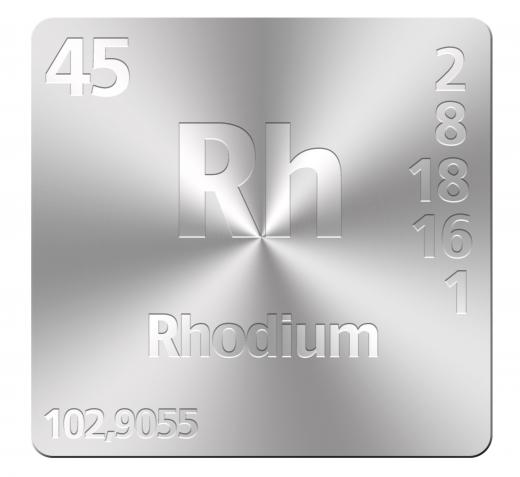Thermal oxidizers are used as a method of pollution control for process air containing small particles of combustible solids or liquids. Exhaust air in industrial settings may be highly polluted, and it makes sense to oxidize (burn) as much of it as possible, so that the exhaust consists of little but non-toxic carbon (soot). Thermal oxidizers are sometimes divided into non-flame oxidizers, which use slow heating to incinerate pollutants, and direct flame thermal oxidizers, which use plumes of flame. Thermal oxidizers may also include a process called catalytic oxidization. In catalytic oxidization, organic compounds pass over a support material coated with a catalyst, commonly a noble metal such as platinum or rhodium, that encourages the pollutants in the air to burn. Catalytic oxidizers can break down pollutants at much lower temperatures than thermal oxidizers lacking catalytic action.
The most significant distinction between types of thermal oxidizers is whether they are regenerative or recuperative. Regenerative thermal oxidizers use ceramic heat transfer beds to recover as much energy as possible from the oxidization process -- often as much as 90% to 95%. These heat transfer beds act as heat exchangers, coupled to a retention chamber where the organics are oxidized. A recuperative thermal oxidizer uses a heat exchanger in the form of a plate, shell, or tube to heat intake air with the thermal energy from the oxidization process. These systems are less efficient than regenerative thermal oxidizers, only recovering about 50% to 75% of the generated heat.

One technology used to increase the efficiency of thermal oxidizers is that of rotor concentrators. Rotor concentrators reduce the overall amount of air flowing through the system and increase the concentration of organics in the oxidization stream. The incoming polluted air flows through a continuously rotating wheel covered with an adsorbent agent. Clean air flows into the atmosphere. The wheel is cleaned by exposing it to a desorption gas, producing a small, highly concentrated stream of organics which can then be efficiently oxidized.
The most important parameter for thermal oxidizers and catalytic oxidizers is their destruction efficiency, which commonly ranges between 90% and 99%. The higher the destruction efficiency, the less pollutants are released into the atmosphere. The common unit for specifying destruction efficiency is in terms of milligrams per cubic meter of volatile organic compounds. To achieve these destruction efficiencies, catalytic oxidizers operate at 400 to 600°F (about 204-316°C), thermal oxidizers at 1000 to 1800°F (about 538-982°C).
